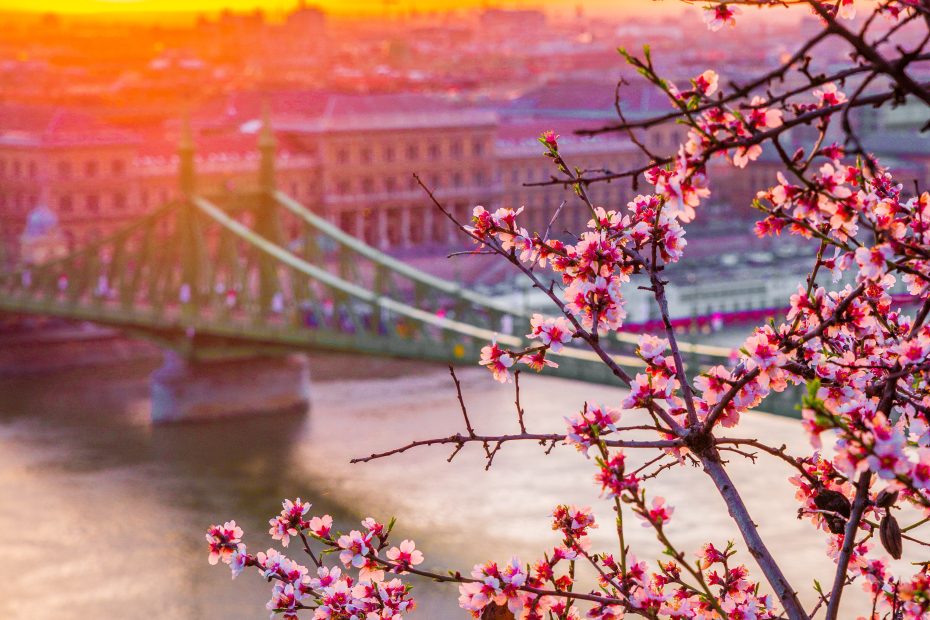Hungary is a country with a rich cultural heritage that goes back over a thousand years. From folk tales and dances to intricate embroidery and savory dishes, Hungary’s customs offer a captivating glimpse into the history and soul of its people.
Table of Contents
A Look at Hungary’s Past
The Hungarian nation was established by the Magyars, a group that migrated from the Eurasian steppes in the 9th century AD. After settling in the Carpathian Basin, the Magyars adopted Christianity under King Stephen I. Over the next centuries, Hungary flourished despite being caught between expanding empires. It eventually became part of the Austro-Hungarian Empire until World War I led to its dissolution.
Magical Creatures of Folklore
Hungary’s folklore is filled with mystical creatures that reveal the imagination and beliefs of the early Magyars.
The Táltos
The táltos were wise men and women who served as spiritual leaders and healers. They were thought to have supernatural abilities like shapeshifting and fortune telling.
The Turul
The turul is a mythical falcon that is a popular national symbol. According to legend, it was sent by the gods to guide the Magyars to their new homeland.
Tündér Ilona
Tündér Ilona was a beautiful fairy queen associated with nature, magic, and wisdom. She was said to appear to worthy people in need of help.
Captivating Traditions
Hungary has kept alive many folk traditions that showcase the nation’s captivating culture.
Folk Dance and Music
Hungarian folk dances are known for their quick, lively style. Men often perform solo dances full of athletic leaps and stomping. Traditional music makes use of strings, winds, and percussion.
Embroidery and Lacework
Intricate embroidery and lacework can be seen in traditional women’s folk costumes. Styles vary by region; popular techniques include redwork, cross-stitch, and netting.
Porcelain
Hungary is known for its Herend porcelain, which features hand-painted designs with floral and nature motifs. Porcelain production in Herend dates back to 1826.
Architecture
The Great Plain region is known for farmhouses with vibrant floral motifs painted on the exterior. These designs include local flora like tulips, roses, and carnations.
Tantalizing Cuisine
Hungarian food reflects the mingling of Magyar, German, Turkish, and Slavic influences over centuries.
Goulash
This hearty soup is one of Hungary’s most beloved dishes. Traditionally, it was flavored with meat, onions, and paprika.
Lángos
These savory fried dough snacks come with a variety of toppings like cheese, sour cream, garlic oil, and garlic butter.
Kürtőskalács
This chimney cake treat is made by wrapping sweet yeast dough around a cylinder and cooking it over an open fire.
Dobos Torte
This elegant cake consists of layers of sponge cake layered with chocolate paste and topped with a delicate caramel glaze.
Pálinka
Pálinka is Hungary’s popular brandy distilled from plums and other fruit. The production of pálinka dates back to the Middle Ages.
A Lasting Cultural Legacy
Over a thousand years of vibrant history and customs remain woven into the fabric of modern Hungary. From folk heroes to savory stews, Hungary’s traditions offer an immersive glimpse into a captivating national heritage that continues to be proudly preserved and enjoyed. Exploring the alluring stories, dances, crafts and cuisine of this storied nation provides an opportunity to better understand the Hungarian people and their deep cultural roots.
Conclusion
Hungary’s unique culture has been shaped by its long, sometimes tumultuous history intermingling with various peoples. Traditional folklore, arts, architecture, and cuisine all provide windows into the origins and values of the Hungarian people, from peasant villages to royal courts. By sustaining these traditions into the modern era, Hungarians keep their heritage alive. Hungary’s lasting customs will continue to intrigue outsiders and instill pride in future generations of Magyars.
FAQs
What are some key elements of Hungarian folk culture?
Some key elements of Hungarian folk culture include folk music and dance, embroidery, ceramics, folk tales featuring mystical creatures like the táltos and turul, and vernacular architecture including decorated farmhouses.
What foods and beverages are icons of Hungarian cuisine?
Iconic Hungarian foods and drinks include goulash, lángos, kürtőskalács, dobos torte, and the fruit brandy pálinka. Paprika is also heavily used in Hungarian cooking.
How have Hungary’s dance and music traditions evolved over time?
Initially Hungarian folk music was dominated by strings and winds like violins, zithers, flutes and bagpipes. In the 19th century, dances like the verbunkos became popular among peasants and nobility. Modern interpretations remain lively while incorporating more percussion.
How have political changes impacted Hungary’s culture and heritage?
As Hungary came under the rule of various empires like Austria, aspects of other cultures influenced Hungarian traditions. However, folk customs persisted, especially in rural areas. After communism ended in 1989, Hungary had a cultural revival celebrating its history and traditions.
What are some good places to experience Hungarian culture as a tourist?
Some top places to immerse in Hungarian culture include Budapest, the Great Plain for its architecture, the Lake Balaton region, and towns like Hollokö, Hövej, and Kalocsa which are hubs of folk art. The Hungarian State Folk Ensemble performs traditional music and dance.
